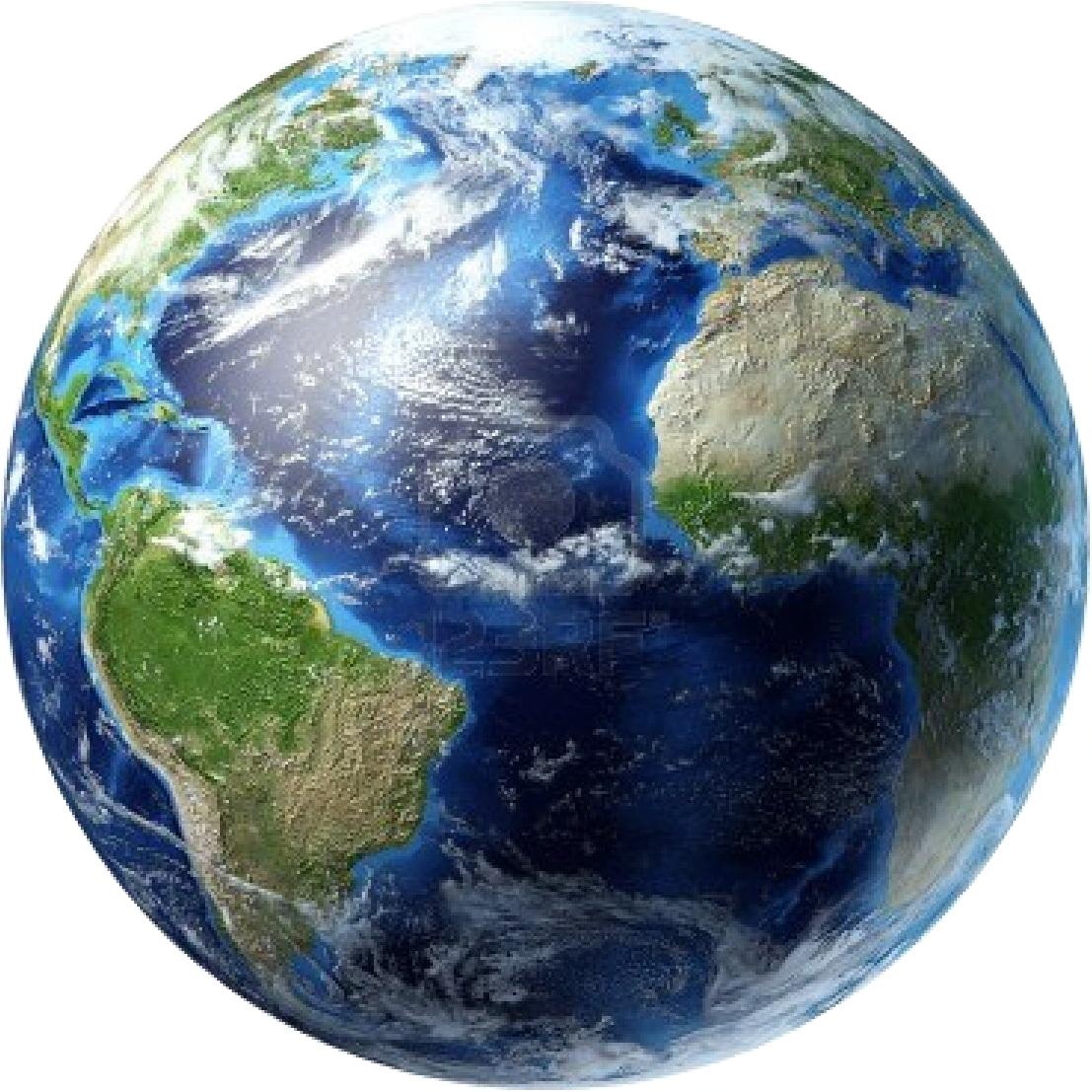Earth’s Days to Become Slightly Shorter Due to Lunar Influence
Recent scientific findings suggest that Earth may experience slightly shorter days in the coming weeks as the planet’s rotation speeds up. This phenomenon is attributed to the changing position of the moon, which exerts a gravitational influence on our planet. According to Live Science, specific dates in 2025 are expected to witness this effect.
On July 9, July 22, and August 5, 2025, the moon’s position is predicted to impact Earth’s rotation, causing each day to be approximately 1.3 to 1.51 milliseconds shorter than the standard 24-hour period. While these changes seem minuscule, they highlight the dynamic nature of Earth’s rotational behavior.
A typical Earth day consists of 86,400 seconds or 24 hours. However, scientists emphasize that Earth’s rotation is not perfectly constant. It can be affected by various factors such as the gravitational pull of the moon and sun, the planet’s magnetic field, and shifts in Earth’s mass due to both natural and human activities.
Historically, Earth’s rotation has been gradually slowing down. Researchers estimate that around 1 to 2 billion years ago, a day lasted only 19 hours. This was due to the moon being much closer to Earth, exerting a stronger gravitational force. As the moon has moved away over time, the length of a day has increased.
Interestingly, in 2020, scientists observed Earth spinning faster than it had in decades. The shortest day on record occurred on July 5, 2024, when Earth completed its rotation 1.66 milliseconds faster than the standard 24-hour period.
The moon’s distance from Earth’s equator on certain days can accelerate the planet’s rotation. This effect is comparable to how a spinning top moves faster when its axis shifts. Additionally, climate-related factors such as melting ice and groundwater movement have also contributed to changes in Earth’s spin. Seismic events and seasonal variations can cause minor fluctuations in day length.
Factors Influencing Earth’s Rotation
Several elements play a role in altering Earth’s rotation. One significant factor is the distribution of mass across the planet. For example, the 2011 earthquake in Japan caused a slight shortening of the day by 1.8 microseconds. Even seasonal changes can affect Earth’s spin.
Richard Holme, a geophysicist at the University of Liverpool, explained that there is more land in the northern hemisphere than in the southern. During the northern summer, trees grow leaves, shifting mass from the ground to above it, further from Earth’s axis of rotation.
Holme noted that the rate of rotation of any moving object is influenced by its mass distribution. He compared this to an ice skater who spins faster when their arms are close to their body and slows down when they extend them. Similarly, as Earth’s mass moves away from its core during summer, its rotation rate decreases, leading to longer days.
Climate change and human activities also contribute to these changes. Melting glaciers and shifting water bodies alter the planet’s mass distribution, affecting its rotational speed. These subtle shifts underscore the complex interplay between Earth’s systems and external forces like the moon’s gravitational pull.
Understanding these dynamics helps scientists better predict and interpret variations in Earth’s rotation. While the changes are small, they provide valuable insights into the planet’s behavior and the broader cosmic forces that shape it.







